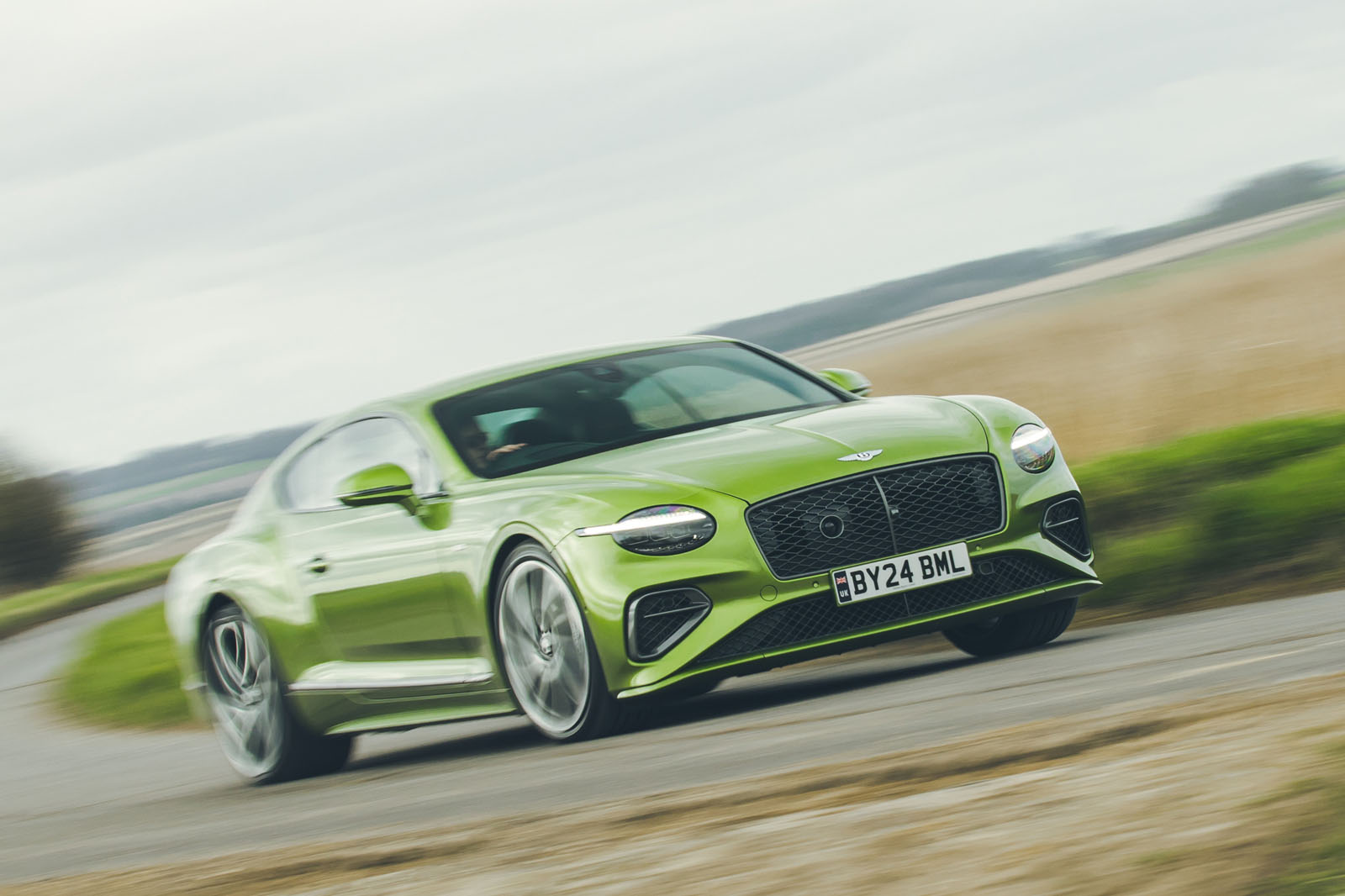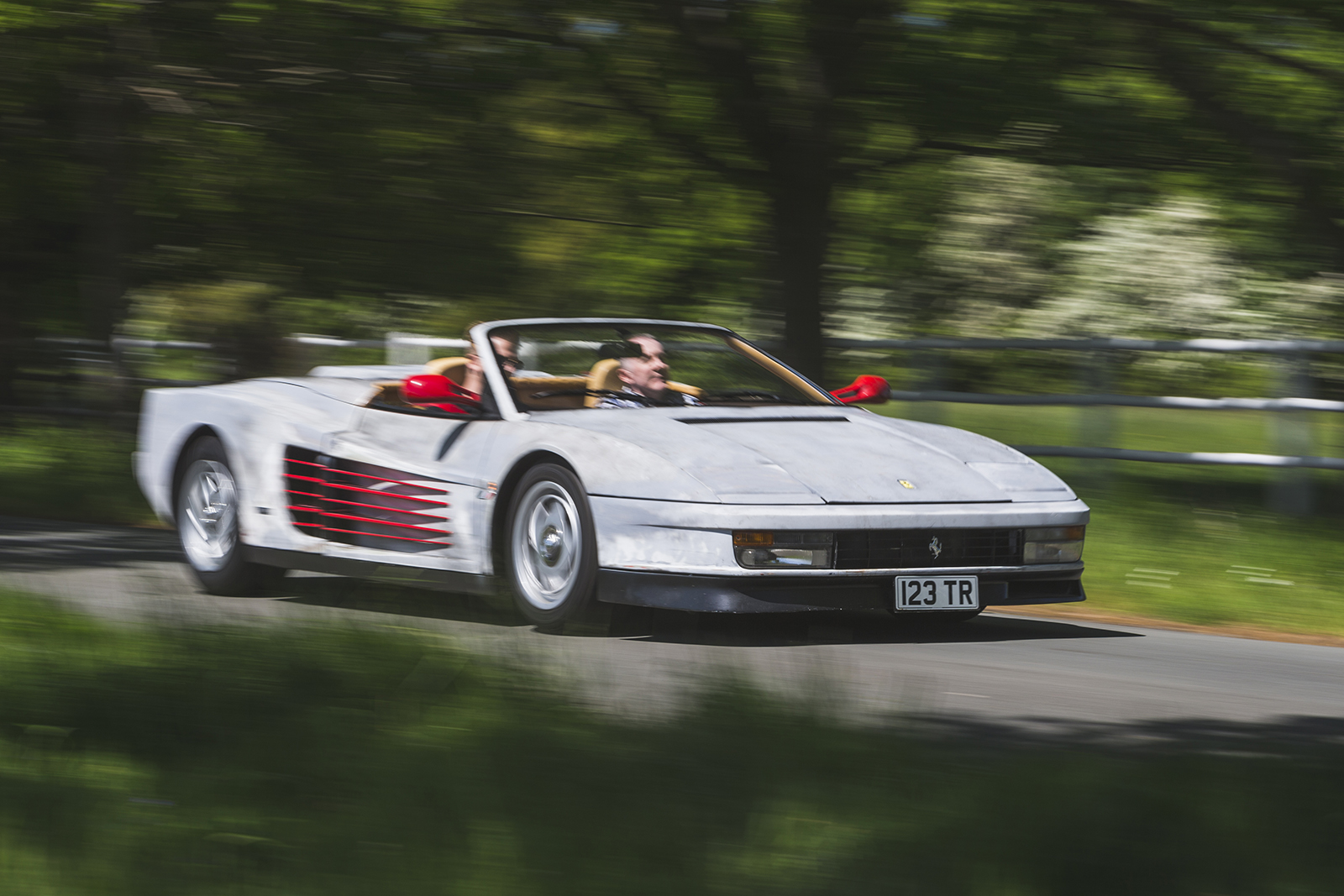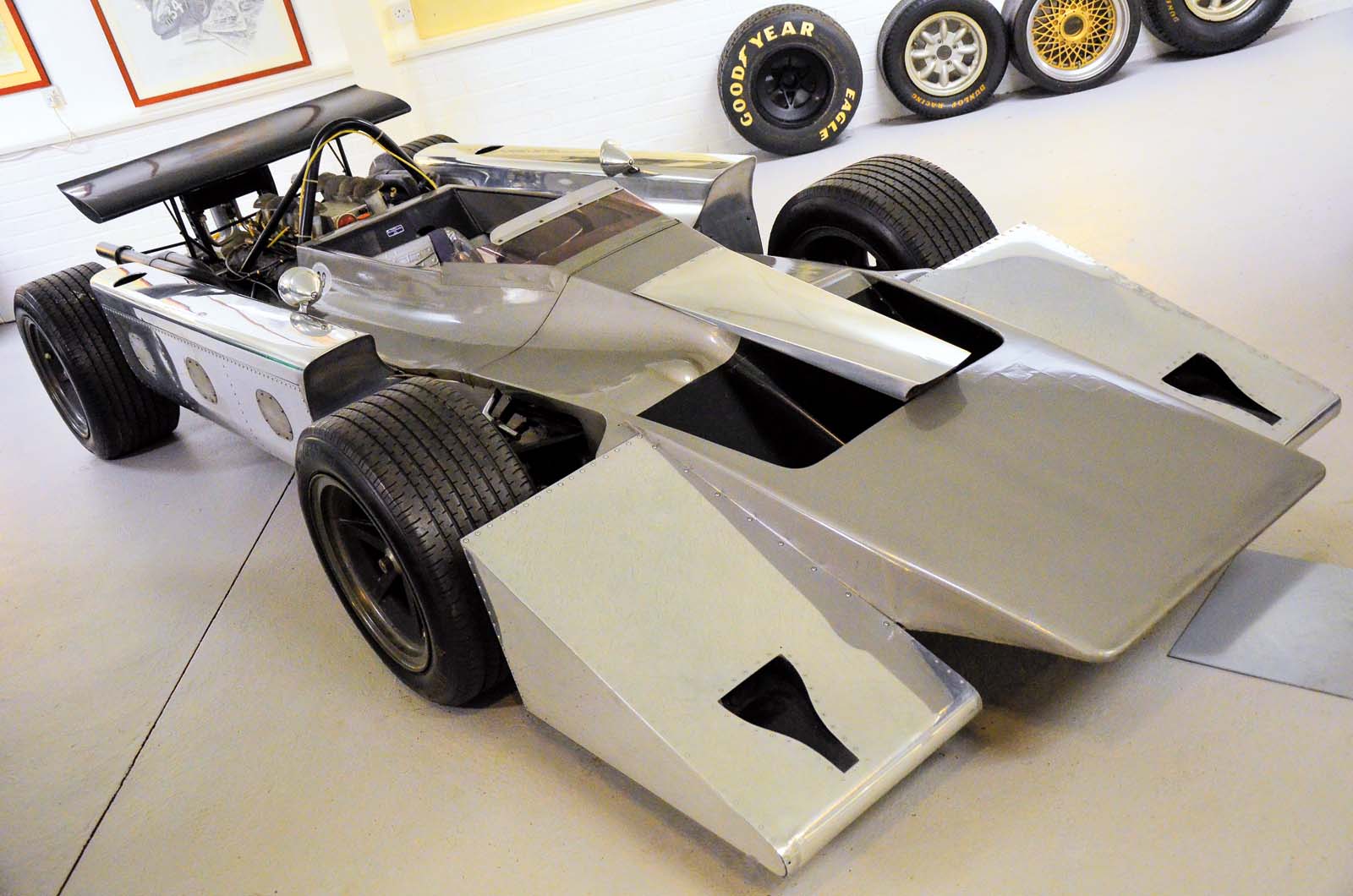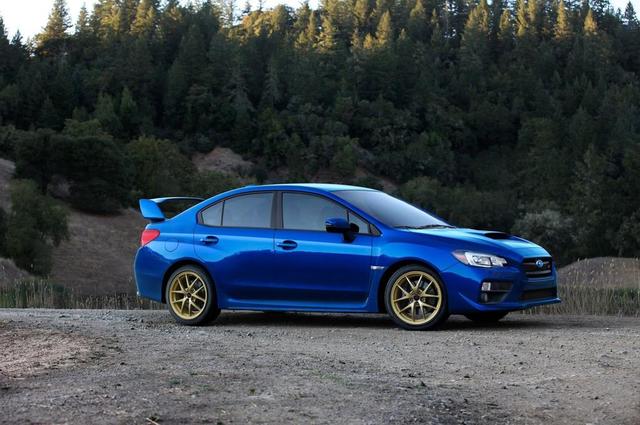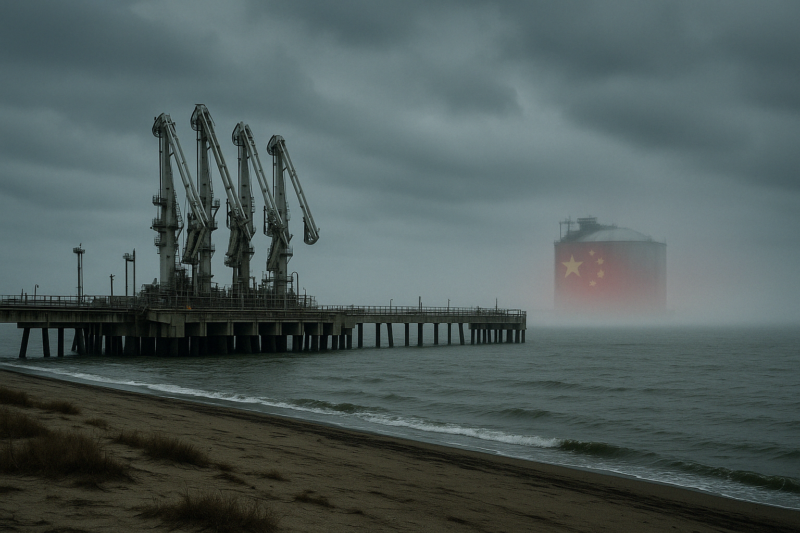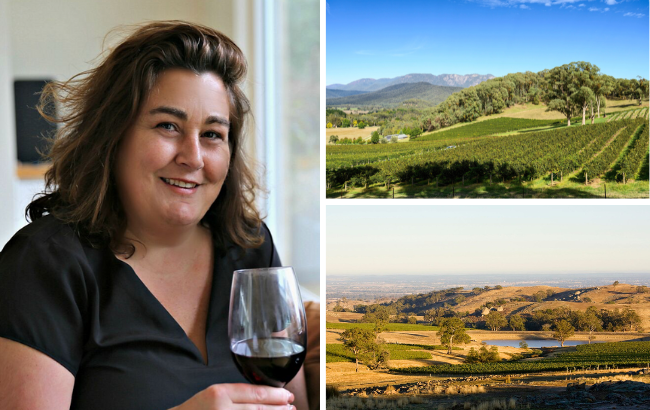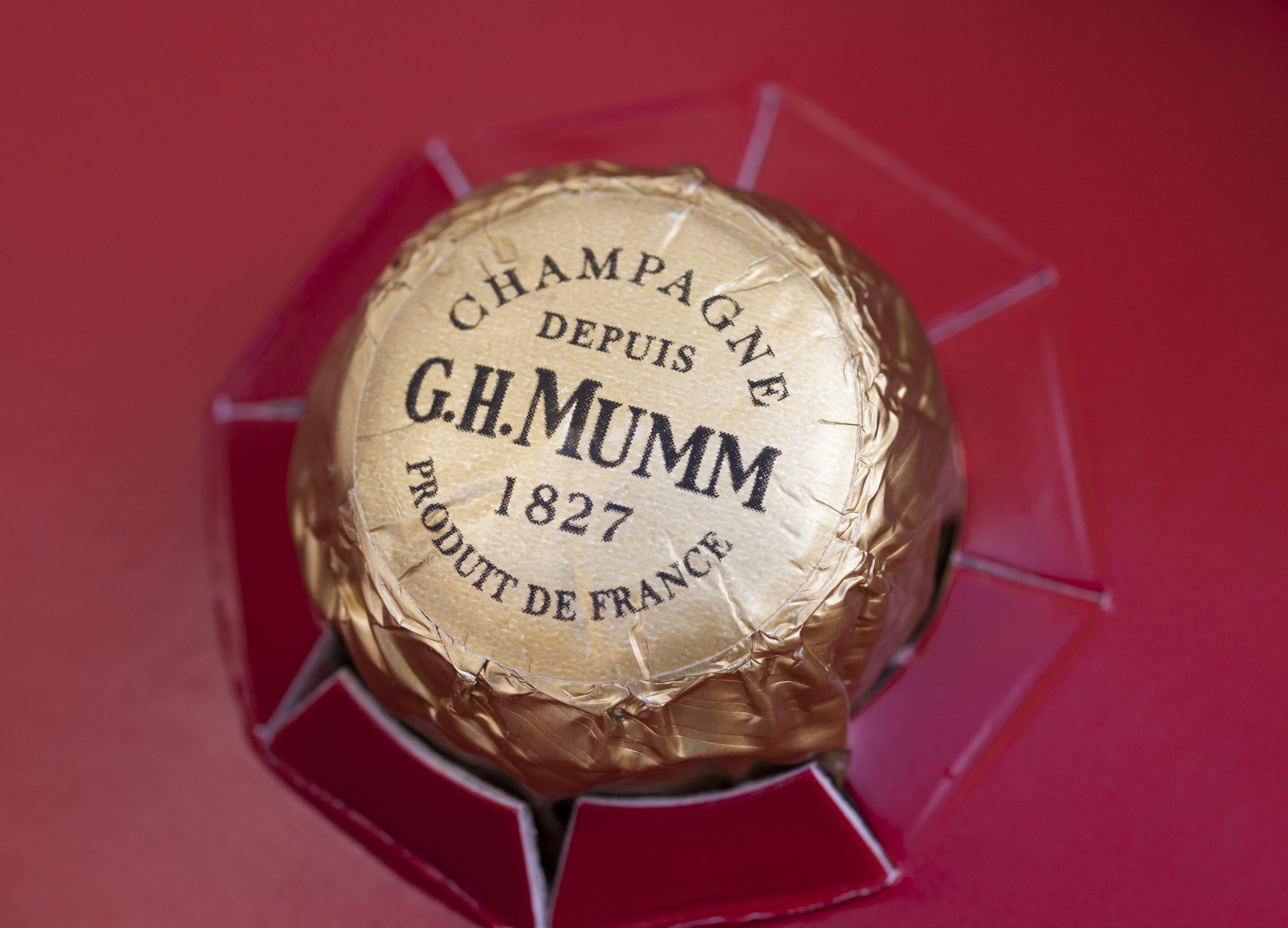Why you may be hearing more about Maturana
Little-known and extremely rare, but believed to be Rioja’s most ancient grape, and one of the oldest varieties in the world, Maturana is being rescued from near-extinction – and we look at why. The post Why you may be hearing more about Maturana appeared first on The Drinks Business.
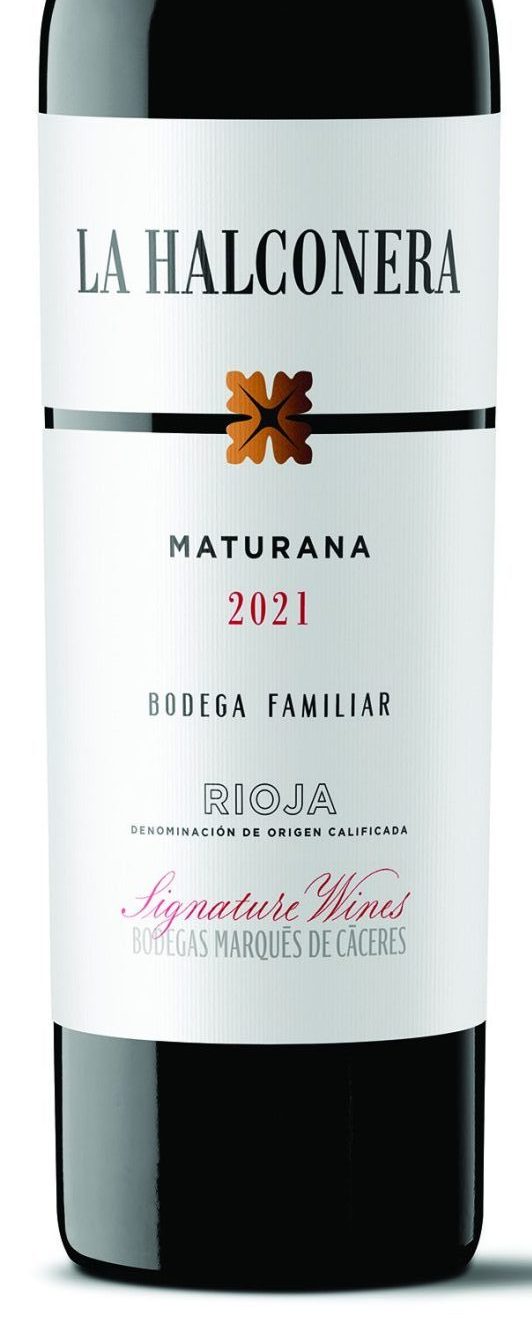
Little-known and extremely rare, but believed to be Rioja’s most ancient grape, and one of the oldest varieties in the world, Maturana is being rescued from near-extinction – and we look at why.
 The grape is native to Rioja – where it is only planted – and can be found in both white and red forms, with Maturana Blanca and Tinta garnering increasing interest from winemakers looking for varieties that are resistant to warming temperatures and offer a something new for consumers.
CEO at Bodegas Marqués de Cáceres, David Losantos, explained the grape’s appeal to db during a visit to Rioja last month.
“We are big believers in Maturana,” he said, having created a pure Maturana Tinto Rioja called La Halconera, meaning Falconer, due to the presence of the birds at the vineyard where the grapes are grown, which is at a high altitude.
Losantos added the the grapes are the last to be picked by the producer, partly due to the cool nature of the site and the late-ripening nature of the grape, which he said has some of the characters of Petit Verdot – such as a high acidity and firm tannins – as well as some of the blackcurrant flavours you find in Cabernet Sauvignon.
Such is the performance of the grape variety, Losantos told db that Bodegas Marqués de Cáceres is grafting Maturana onto some of its old vine Tempranillo – a grape variety that ripens earlier, and can become overripe in warm sites or hot vintages.
As for the quality of the wine, when tasted ‘blind’ in last year’s Rioja Masters, the 2021 vintage of La Halconera Maturana was awarded a Gold medal, and you can read my tasting note of the wine here.
Elsewhere, it is the white version of Maturana that is garnering increased interest. Speaking to db this morning, technical direct at Ramón Bilbao, Rodolfo Bastida Caro said that Rioja should increase its focus on white wines, with Maturana Blanca as a grape to help in that endeavour.
Commenting that historically Rioja’s output was split equality between reds and whites (whereas today that latter account for less than 15% of production), he said that Rioja should increase the amount of whites and rosés made in the region.
“I believe that the future for Rioja is for more white and rosé, while we should reduce the production of reds,” he told db.
Continuing he said, “We should continue to make beautiful reds, because we are a fantastic region for reds, but we should make more whites and rosés because, although we don’t have a dark future, we have a different one to what we thought 10 years ago.” (A reference to falling demand for reds worldwide, and growing proportion of sales being taken by whites, sparkling wines and rosés).
Speaking further about whites, he said, “We need to make interesting wines from other grapes, and I’m a fan of Maturana Blanca, which is also one of the region’s oldest grapes – it was the grape mentioned in the earliest written records about Rioja from the 1600s.”
Another “fan” of Maturana Blanca is technical director of Bodegas Bilbainas, Mayte Calvo de la Banda, who is making a varietal white wine from the grape under Viña Pomal’s Vinos Singulars range of Riojas.
Having made wines from the grape since the 2010 vintage, she has over a decades worth of experience working with Maturana Blanca, which she told db was a low-yielding, high-acid variety, that’s sensitive to mildew due to its compact bunches.
She said, “I think there are only around 60 hectares of Maturana Blanca in Rioja, and we have 5ha of those, having started with 1.5ha 15 years ago and gradually increased the surface area because the grape is unique and part of Rioja’s identity.”
Continuing she recorded, “I think no more than six wineries are working with Maturana Blanca, and that’s because it is difficult to grow, so those making white wines are thinking more of Viura as well as white Grenache and white Tempranillo.”
In terms of handling the rare and native Rioja grape in the winery, she favours whole bunch pressing, and initial oxidative handling – to remove the most easily oxidisable components – before fermenting in concrete tanks and ageing for one year in 1,200 litres wooden foudres.
“We only make 1,500 bottles of the Viña Pomal Vinos Singulars Maturana Blanca, which is mostly listed in Michelin-starred restaurants, because it’s good for food pairing.”
The grape is native to Rioja – where it is only planted – and can be found in both white and red forms, with Maturana Blanca and Tinta garnering increasing interest from winemakers looking for varieties that are resistant to warming temperatures and offer a something new for consumers.
CEO at Bodegas Marqués de Cáceres, David Losantos, explained the grape’s appeal to db during a visit to Rioja last month.
“We are big believers in Maturana,” he said, having created a pure Maturana Tinto Rioja called La Halconera, meaning Falconer, due to the presence of the birds at the vineyard where the grapes are grown, which is at a high altitude.
Losantos added the the grapes are the last to be picked by the producer, partly due to the cool nature of the site and the late-ripening nature of the grape, which he said has some of the characters of Petit Verdot – such as a high acidity and firm tannins – as well as some of the blackcurrant flavours you find in Cabernet Sauvignon.
Such is the performance of the grape variety, Losantos told db that Bodegas Marqués de Cáceres is grafting Maturana onto some of its old vine Tempranillo – a grape variety that ripens earlier, and can become overripe in warm sites or hot vintages.
As for the quality of the wine, when tasted ‘blind’ in last year’s Rioja Masters, the 2021 vintage of La Halconera Maturana was awarded a Gold medal, and you can read my tasting note of the wine here.
Elsewhere, it is the white version of Maturana that is garnering increased interest. Speaking to db this morning, technical direct at Ramón Bilbao, Rodolfo Bastida Caro said that Rioja should increase its focus on white wines, with Maturana Blanca as a grape to help in that endeavour.
Commenting that historically Rioja’s output was split equality between reds and whites (whereas today that latter account for less than 15% of production), he said that Rioja should increase the amount of whites and rosés made in the region.
“I believe that the future for Rioja is for more white and rosé, while we should reduce the production of reds,” he told db.
Continuing he said, “We should continue to make beautiful reds, because we are a fantastic region for reds, but we should make more whites and rosés because, although we don’t have a dark future, we have a different one to what we thought 10 years ago.” (A reference to falling demand for reds worldwide, and growing proportion of sales being taken by whites, sparkling wines and rosés).
Speaking further about whites, he said, “We need to make interesting wines from other grapes, and I’m a fan of Maturana Blanca, which is also one of the region’s oldest grapes – it was the grape mentioned in the earliest written records about Rioja from the 1600s.”
Another “fan” of Maturana Blanca is technical director of Bodegas Bilbainas, Mayte Calvo de la Banda, who is making a varietal white wine from the grape under Viña Pomal’s Vinos Singulars range of Riojas.
Having made wines from the grape since the 2010 vintage, she has over a decades worth of experience working with Maturana Blanca, which she told db was a low-yielding, high-acid variety, that’s sensitive to mildew due to its compact bunches.
She said, “I think there are only around 60 hectares of Maturana Blanca in Rioja, and we have 5ha of those, having started with 1.5ha 15 years ago and gradually increased the surface area because the grape is unique and part of Rioja’s identity.”
Continuing she recorded, “I think no more than six wineries are working with Maturana Blanca, and that’s because it is difficult to grow, so those making white wines are thinking more of Viura as well as white Grenache and white Tempranillo.”
In terms of handling the rare and native Rioja grape in the winery, she favours whole bunch pressing, and initial oxidative handling – to remove the most easily oxidisable components – before fermenting in concrete tanks and ageing for one year in 1,200 litres wooden foudres.
“We only make 1,500 bottles of the Viña Pomal Vinos Singulars Maturana Blanca, which is mostly listed in Michelin-starred restaurants, because it’s good for food pairing.”

















